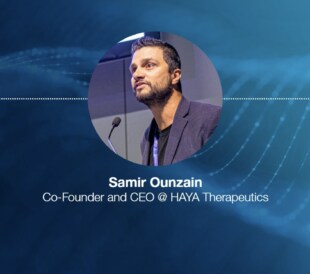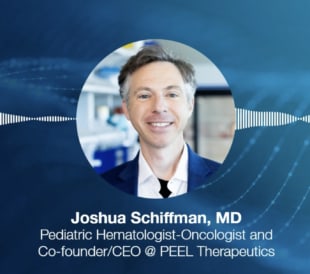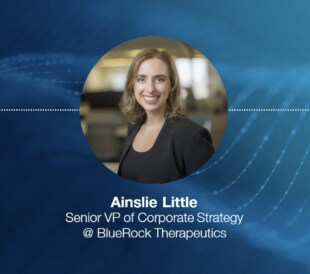Gene therapies have garnered attention as a promising treatment modality for diseases that have an underlying genetic component. A significant number of promising therapies have entered the clinical pipeline, with a sizable percentage of them utilizing adeno-associated virus (AAV). This particular method sets itself apart from other technologies due to its non-integrating properties, ability to infect a broad range of cell types, and its safety profile.
A critical need that has emerged in the gene therapy manufacturing space is for streamlining and standardization of the viral vector manufacturing process to support the continued emergence of the commercial gene therapy sector, while reducing the significant costs associated with these treatments.
In this webinar, Dr. Richard Snyder, Dr. Kate Torchilin, and Brandon Pence discuss current manufacturing workflows for AAV vectors and identify opportunities for process optimization—both upstream and downstream—to support the manufacture of viral vectors at commercially relevant scales.
 |  |  |
| Brandon PenceVice President and General ManagerPurification and Pharma AnalyticsThermo Fisher Scientific | Dr. Richard Snyder, PhDVice President, Science and TechnologyPharma Services, Viral Vector ServicesThermo Fisher Scientific | Dr. Kate Torchilin, PhDVice President and General ManagerCell Culture and Cell TherapyThermo Fisher Scientific |
Considerations for designing and optimizing upstream and downstream bioprocessing workflows
There are many variables to consider for upstream AAV bioprocess development. These may include producer cell line development, media selection, plasmid construction, plasmid transfection and viral vector harvest. To ensure their manufacturing process can meet clinical and commercial requirements, scientists must optimize their workflows early on in order to address the necessary efficiency and production volumes of their workflows are sufficient to support clinical administration of their drug. To address these challenges, movement away from cumbersome adherent cell lines to suspension-based viral vector production cell lines can easily translate from the initial small-scale requirements of the early discovery phase, over to the large-scale bioreactors needed for commercial scale viral vector production volumes.
When considering downstream process optimization, it is important to utilize the lessons learned from other biologics and apply them to scaling up processes such as purification and formulation. While traditional purification methods such as cesium chloride or iodixanol density-gradient ultracentrifugation are still being used in the field, the multiple, complex processing steps ultimately result in a significant reduction in the final yield. Importantly, scalability of these approaches can be limited. To address some of these challenges, recent advances in affinity chromatography have reduced the number of steps required to purify AAV, boosting yield and reducing processing lead times. POROS™ CaptureSelect™ AAV Affinity Resins are engineered to address the high selectivity and capacity requirements for large-scale downstream purification and can be used for a broad range of naturally occurring and synthetic AAV serotypes.
Latest innovations in advanced analytical tools
The nature of clinical usage of gene therapies often requires direct administration of a viral vector directly to the patient. This means that quality and purity standards are the highest priority when establishing a manufacturing process. Considered a manufacturing impurity, empty and/or partial capsids can affect the efficacy, safety, and transduction efficiency of the final AAV therapeutic product. There are multiple technologies such as anion-exchange HPLC or analytical ultracentrifugation sedimentation velocity (AU-SV) that can be employed for the separation and quantification of empty and full capsids. Additionally, liquid chromatography mass spectrometry (LC-MS) based peptide mapping can be used for capsid identity testing and to verify the primary structure of a therapeutic protein. Next generation sequencing (NGS) is another approach for understanding the identity of the package genome and any other contaminants or residual DNA that may have inadvertently been packaged into the viral particle during the manufacturing process.
Working together to support the advancement and success of gene therapies
“In many respects, this is still in a new and emerging field. As we think about the processes that we develop and the ways in which we ensure that they are both scalable and consistent, it is important that the communication pathways between supplier, manufacturer or developer, and the regulatory agencies remains open and persistent.”
Brandon Pence, Vice President, Cell Biology
Early collaboration and frequent, candid communication across various stakeholder groups in the manufacturing process helps to cement an understanding of challenges and expectations that drug developers face. Engagement between tools providers, technology developers, contract manufacturing organizations and drug manufacturers will allow for open discussion on existing gaps and needs, which in turn facilitates translation of these valuable insights directly over to investments into new product development efforts to support the ever-changing goals of this market.




Leave a Reply